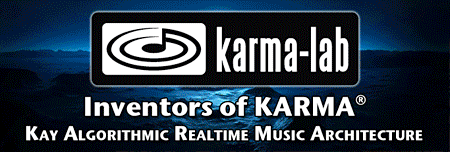Sorry, I've accidentally deleted this post - had to recompose it, please let me know if you remember something that is not in here...
danatkorg wrote:Keybed --> Velocity curves ---> Velocity signal ---> see below
Excuse me Dan, I know it might not be quite appropriate for me to correct your words, but I think 'Velocity value' would be more accurate a term instead of 'Velocity signal' here. The difference is significant enough to highlight, I feel (matter of where the quantization takes place).
peter_schwartz wrote:No, it's one interval, not two. Key down to key contact. The key down point is the zero point in the timeline. The time it takes to make contact is the first point. That's one interval, not two.
Basically, if so many musical instrument manufacturers have gotten it so wrong, no electronic keyboard instrument would feel right to play.
The technical implementations I've seen so far were all based on two contacts (break/make or make/make), key down is usually defined as the state alteration of the first contact rather than the touching of a key - so 'zero time' is actually a bit further ahead into the key travel. Similar 'two (or three) point' time measurements in opto and other sensors.
As to the second part of the quote, if Ford has gotten it all wrong with his first car, we'd not be riding cars today. If he'd gotten it all right then we'd still ride Model T today. My point is that us riding cars today does not warrant that Ford had nothing wrong with their most popular car at the time.
However, rather than having few (two or more) discrete sensors and measuring time, it would be interesting to see an inductive or opto coupled sensor that would track the complete key travel in an analogue way and derive the HD velocity value from the resulting signal curve.

